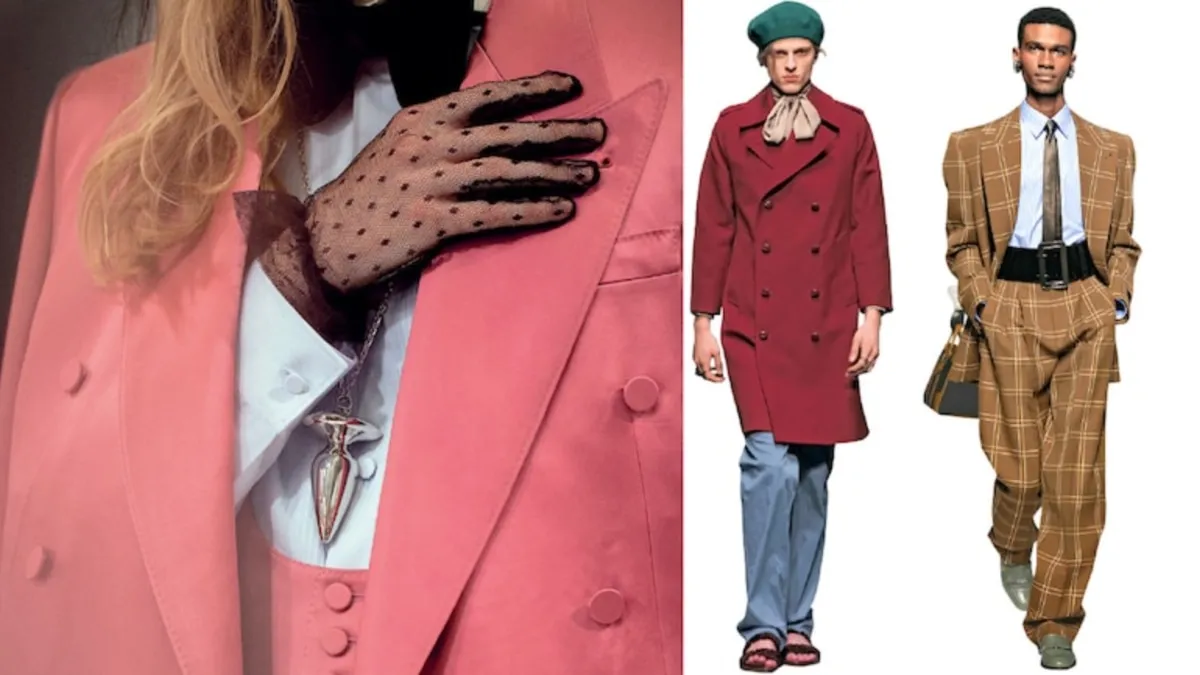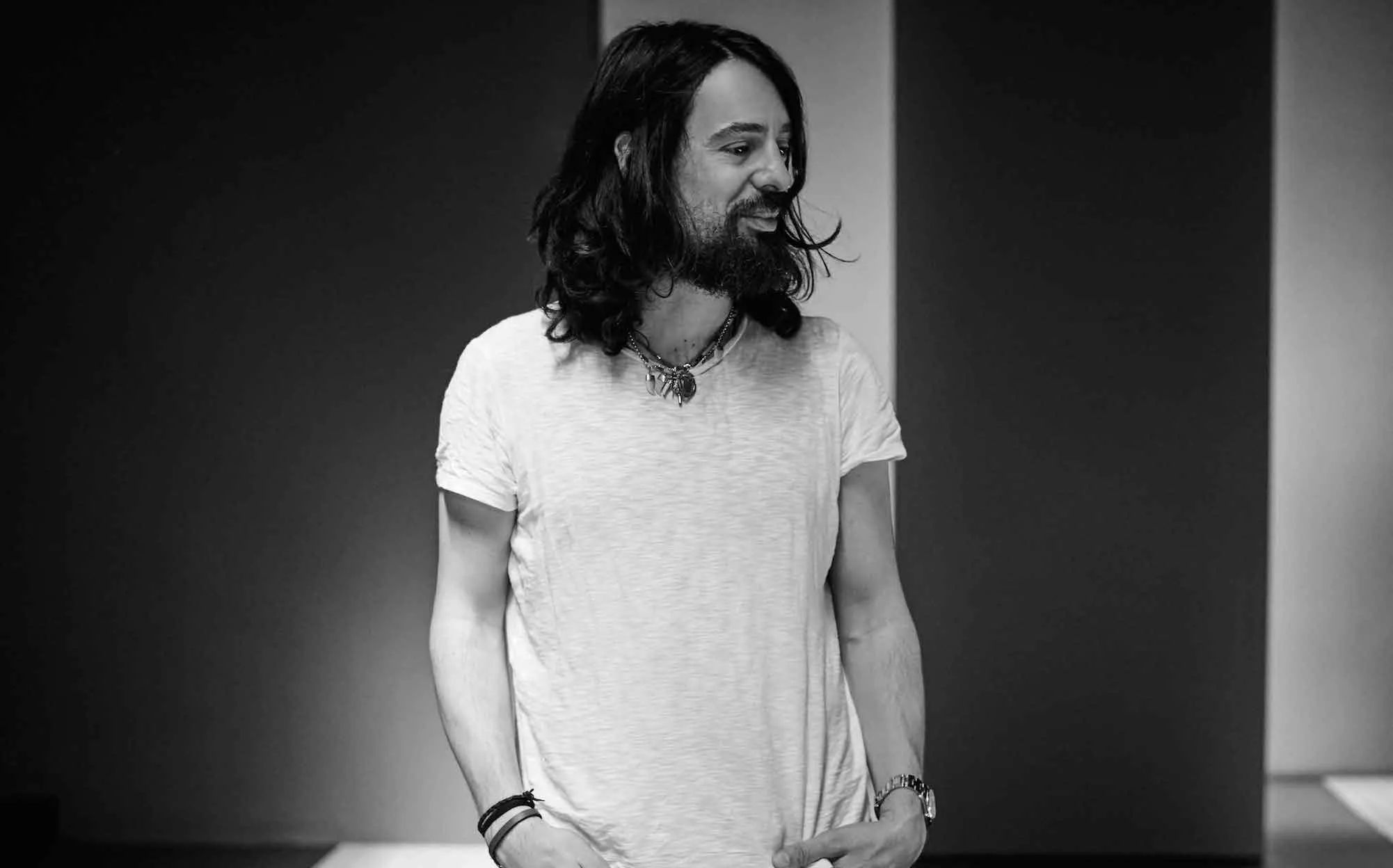Alessandro Michele – The idea for the book came naturally with Coccia, says Michele, who left Gucci’s top creative post in November 2022. “We talked and recorded our thoughts” for about a year, mostly during the pandemic, and the book is “very intense and personal. he admits, leading to a deep, almost cathartic reflection on his life. “I put thoughts and things in order, I discovered my priorities, it was like going to therapy.”
Michele and Coccia thought of a way to “keep the two voices distinct, using italics for Emanuele’s, weaving the two together on the page as in the Talmud or Bible manuscripts,” according to a joint note in the preface.
“It was fashion that led me to philosophy,” Michele writes, recalling his youth, training with the likes of Karl Lagerfeld and Tom Ford. However, at one point I decided to change course. I had the impression that fashion was beginning to take the life out of clothing, seen as “assorted and pleated in stores instead of focusing on the intensity of life that each garment releases when it comes into contact with a body.
Philosophy helped shape and explain his vision of fashion and Michele pays tribute to his life partner Giovanni Attili, professor at the prestigious Sapienza University in Rome, for helping him understand it. Attili introduced Coccia to Michele. At first, the designer thought that “philosophy was complicated, something that entangles the brain, suitable only for the enlightened few, but then I realized that it was close to life.”
He remembers that “trying to find a way to recover a deeper sense of my profession,” he thought “seriously” about turning to the world of film, which he believed could help “inject life into clothes.” He reveals that he was ready to leave Gucci when in late 2014 then-president and CEO Marco Bizzarri asked him to design the men’s collection that would show a week later for fall 2015.

Michele joined Gucci’s design studio in 2002. , after a stint as senior accessories designer at Fendi. He was appointed associate to then-Gucci creative director Frida Giannini in 2011, and in 2014 he took on the additional responsibility of creative director of Richard Ginori, the porcelain brand acquired by Gucci in 2013.Alessandro Michele
In fact, the press release for his first collection, written by Attili, was not about clothes but about philosophy, which according to him “seemed the most appropriate language” and which he would not renounce from then on.
Michele had never thought about writing a book before and emphasizes that he didn’t really think about who would read it, since “it wasn’t an editorial idea.Alessandro Michele
He admits that “perhaps one of the strangest collections” he has is that of vintage shoes, which have “invaded all my spaces” and allow him to dream about the lives of those who wore them.Alessandro Michele
I’m a little nosy. I like to read about the lives of others, I am curious and often read fragments of several books at the same time, and write down thoughts in notebooks and scraps of paper; My bag is always full of pens and pencils. Writing on paper helps me reflect on things,” she says.
Alessandro Michele
In the book, she admits to being a collector of objects. “I am an animist. A tireless worshiper of all things. Books, statues, skirts, chairs, pants, cups, paintings – everything lives, regardless of its shapes, sizes, purpose and importance. It is not difficult to perceive the breath of what surrounds us: when you pay attention, everything begins to speak. That is why observing any object is like entering a library where things whisper, murmur, sing.Alessandro Michele

He describes a collection as “the end of ‘The Wizard of Oz,’ a machine that produces great illusions,” anticipating an unknown future. For this reason, he maintains, “You have to take risks, and dare to make mistakes.” A mistake is “always the name we give to the future that we have not yet recognized. And that is why my collections are voluntary and not finished.Alessandro Michele
Keeping a door open means writing a book that continues inside the reader. “Fashion opens a conversation that continues within the person wearing the garment.
